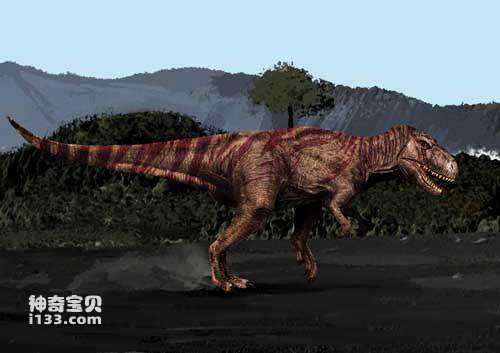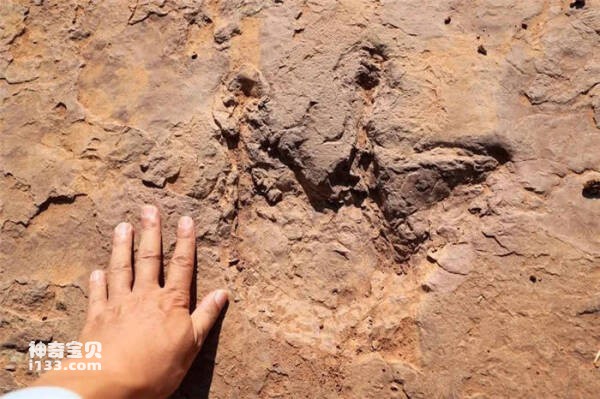In the 1990s, an American paleontological expedition discovered the world's longest dinosaur footprint fossil ever found on a mudflat on the border of Turkmenistan and Uzbekistan. Among them, five tracks are longer than the world's longest dinosaur track found in Portugal, which extends 147 meters. Their lengths are 184 meters, 195 meters, 226 meters, 262 meters and 311 meters respectively.

These tracks were left by more than 20 megalodons. Megalodon is a carnivorous dinosaur similar to Tyrannosaurus rex, but they lived in the late Jurassic period 155 million years ago, when Tyrannosaurus rex had not yet appeared.
The newly discovered footprints are very similar to those of Megalodon found in North America and Europe in the past, indicating that Megalodon had a wide distribution range in the late Jurassic.

Each footprint is about the same size as a Tyrannosaurus rex, more than 60 centimeters long. The footprints also show that the heels were relatively long. The stride length shown in the footprints shows that the bodies of these megalodons were only slightly smaller than the average Tyrannosaurus rex, which was about 12.2 meters long. Like all carnivorous dinosaurs, Megalodon's footprints show that the footprints of one of its feet do not fall in front of the other, but there is a gap of more than 90 centimeters wide between the left and right footprints. Scientists speculate that Megalodon probably walked like a duck.
animal tags:
We created this article in conjunction with AI technology, then made sure it was fact-checked and edited by a Animals Top editor.